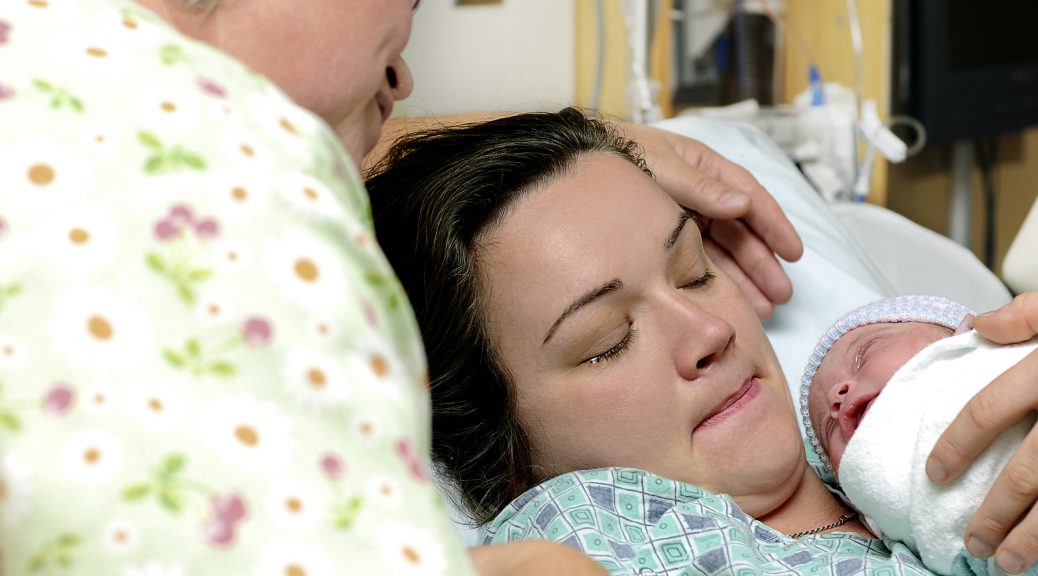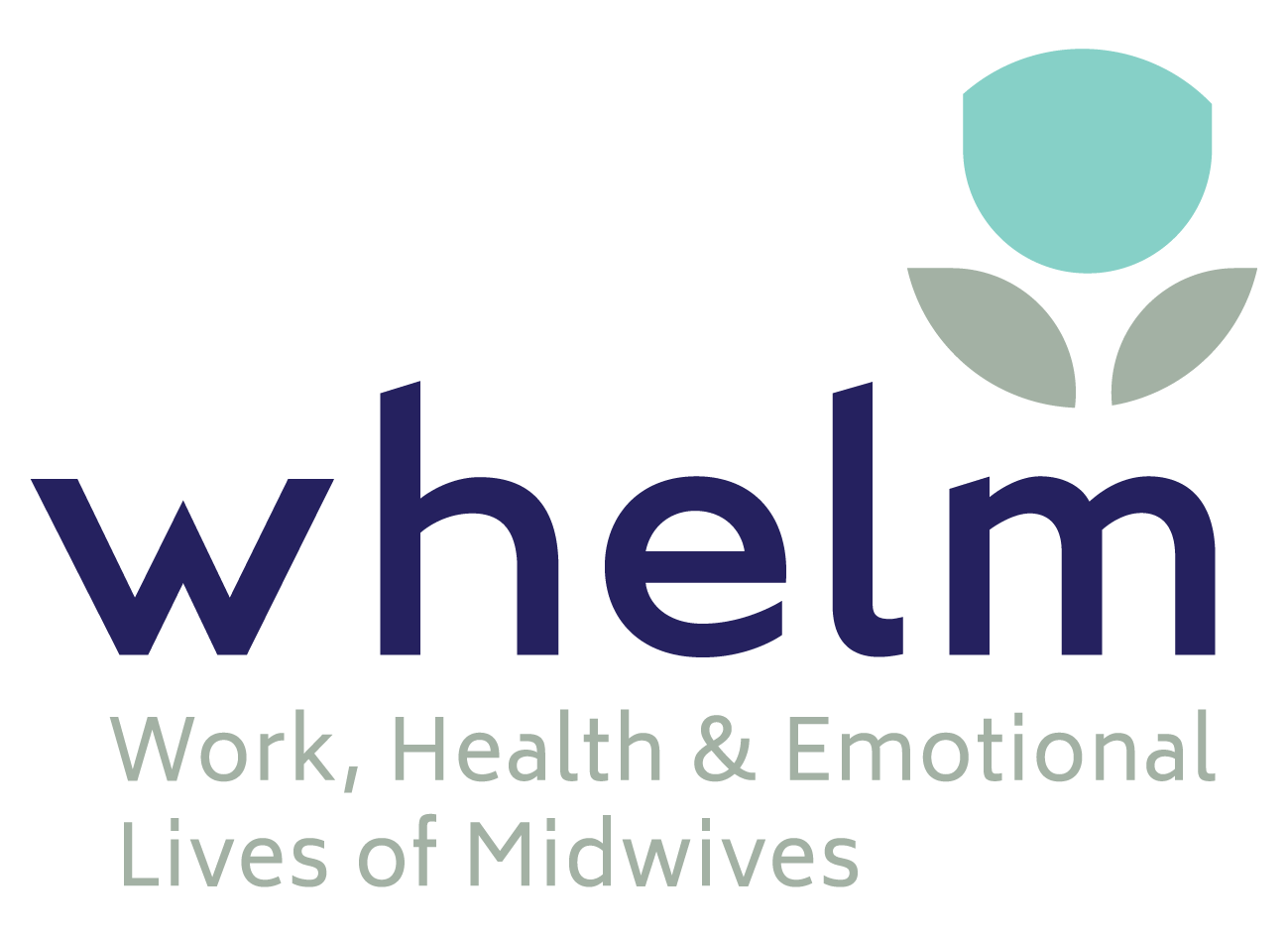The use of epidural analgesia for labour is common, with just over 40% of Queensland women making use of it (Queensland Health, 2020). Epidural analgesia is widely considered to be a safe option. Transforming Maternity Care Collaborative researcher Dr Elizabeth Newnham led a team of researchers who recently examined outcomes for women who did, and did not, make use of epidural analgesia for labour (Newnham et al., 2020).
Data were collected as part of the Maternal health and Maternal Morbidity in Ireland (MAMMI) study which prospectively explored the health of women giving birth for the first time, between 2012 and 2017 in Ireland. Women who gave birth by caesarean section prior to the onset of labour were not included. Care was taken to statistically control for the effects of age, body mass index, and maternity care pathway (public or private care). Data from the birth through to three months postpartum were available for 1,221 women in total.
Women giving birth for the first time who used epidural analgesia were more likely to give birth with vacuum assistance (22.1% without epidural, 25.5% with epidural use) or forceps assistance (4.2% without epidural, 17.4% with epidural). This finding probably relates to the longer duration of the second stage of labour (average of 35 mins without epidural vs 213 mins with epidural). Caesarean section rates were much higher in women who used epidural analgesia (3.4% without epidural, 32.2% with epidural). Seventy percent of women who laboured without an epidural had a spontaneous vaginal birth, while only 24.9% of women with epidural analgesia did so.
Intravenous oxytocin and antibiotics were more commonly used in labour for women using epidural analgesia. The use of antibiotics possibly relates to the higher rate of fever during labour in women using epidural analgesia (0.8% without epidural analgesia, 9.1% with epidural analgesia). Rate of perineal trauma or postpartum haemorrhage were no different between the two groups.
No differences in Apgar scores (either at 1 min or 5 mins), or in the rate of admission to the neonatal intensive care nursery were found. Breastfeeding rates were lower at three months for women who has used epidural analgesia (63.1% without epidural analgesia, 47.5% with epidural analgesia).
The findings of this research reflect that found in previous research about epidural use. Given the nature of this type of research, it is not possible to claim that the outcomes seen were a direct consequence of epidural use. The information set out in the study provides a useful starting point for obstetricians and midwives as they work with women to support them to make informed decisions about their care.
References
Newnham, E. C., Moran, P. S., Begley, C. M., Carroll, M., & Daly, D. (2020, Sep 11). Comparison of labour and birth outcomes between nulliparous women who used epidural analgesia in labour and those who did not: A prospective cohort study. Women Birth, in press. https://doi.org/10.1016/j.wombi.2020.09.001
Queensland Health. (2020). Queensland Perinatal Statistics 2019. Interim Report. https://www.health.qld.gov.au/hsu/peri/peri2019/queensland-perinatal-statistics-2019








